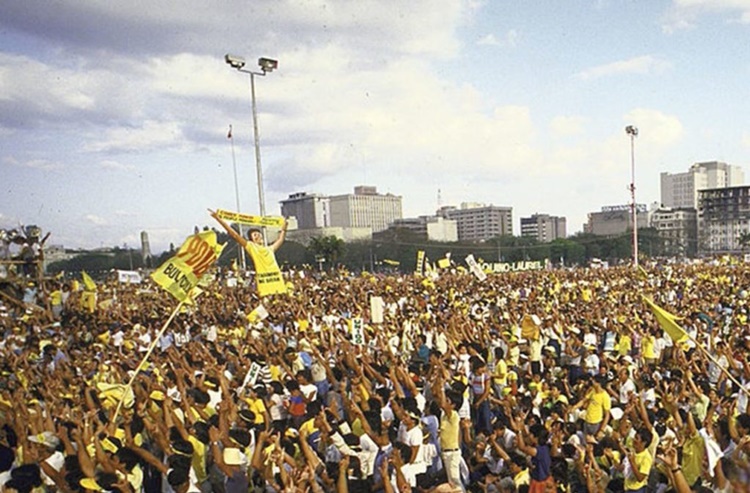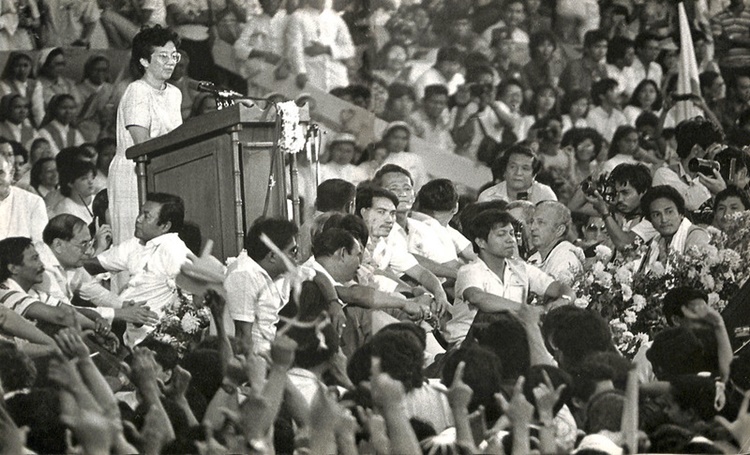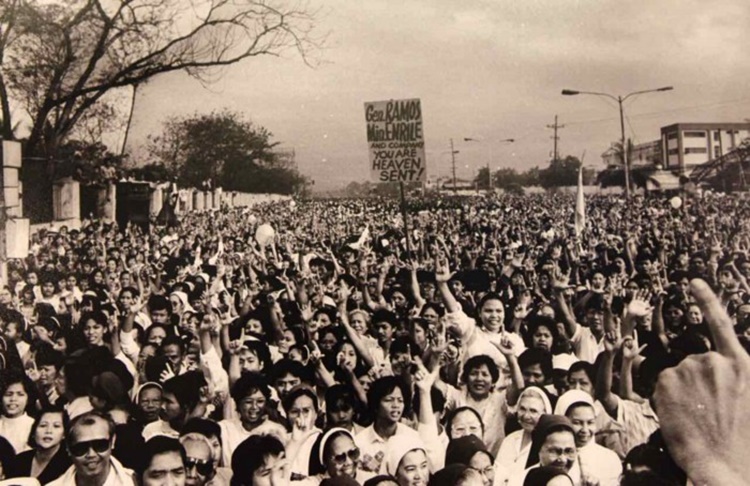EDSA People Power Revolution – Here are the important things that you need to know about this historical day in the Philippines.
The EDSA People Power Revolution, which took place from February 22-25, 1986, was a pivotal moment in Philippine history. It marked the end of Ferdinand Marcos’s 20-year dictatorship and ushered in a new era of democracy.
In the mid-1980s, the Philippines was a nation gripped by turmoil. Ferdinand Marcos had been in power for two decades, and his rule was marred by corruption, economic troubles, and human rights abuses.

The country was on the brink of change, and a series of events would soon lead to a peaceful uprising that would reshape its future.
History and Origin
The roots of the EDSA Revolution can be traced back to several major events. The assassination of Benigno Aquino Jr. in 1983, a popular opposition leader, ignited widespread discontent. By early 1986, a contentious snap election had left both Marcos and Corazon Aquino—Benigno’s widow—claiming victory, further fueling the public’s frustration.
The revolution gained momentum as millions of Filipinos gathered on Epifanio de los Santos Avenue (EDSA) in Manila, demanding an end to Marcos’s rule. Major support came from military leaders who defected from Marcos, including Defense Minister Juan Ponce Enrile and Armed Forces Vice-Chief Fidel Ramos.
The Catholic Church, led by Cardinal Jaime Sin, also played an important role in rallying the masses.

Media coverage was instrumental in the revolution, with Radio Veritas broadcasting crucial updates despite attempts to shut it down. Civil disobedience, including boycotts of Marcos-supporting businesses, had already begun before the uprising.
The failed coup attempt by the Reform the Armed Forces Movement (RAM) was another catalyst for the revolution. Internationally, the U.S. helped mediate the crisis and assisted Marcos’s departure to Hawaii.
After four days of nonviolent protest, Marcos fled the country, and Corazon Aquino was sworn in as president on February 25, 1986. Despite ongoing debates about its long-term impact, it stands as a proof to the strength of a united people fighting for democracy.

